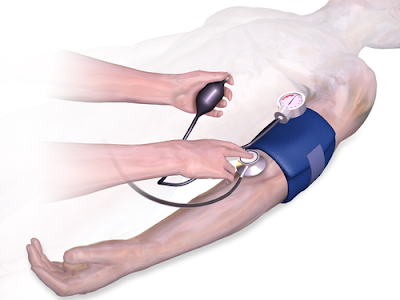Facts about the major systems of the human body
A list of the major systems of the human body and a brief explanation of their roles:
1. Skeletal System: Provides structural support, protects internal organs, and enables movement through a framework of bones and joints.
2. Muscular System: Facilitates movement and posture by contracting and relaxing muscles.
3. Nervous System: Coordinates and regulates bodily functions, processes sensory information, and enables communication through a network of nerves, the brain, and the spinal cord.
4. Cardiovascular System: Circulates oxygen, nutrients, hormones, and other substances throughout the body via the heart, blood vessels, and blood.
5. Respiratory System: Facilitates the exchange of oxygen and carbon dioxide between the body and the external environment through breathing. It includes the lungs, airways, and respiratory muscles.
6. Digestive System: Breaks down and absorbs nutrients from food, eliminates waste, and maintains the body's energy balance through organs such as the stomach, intestines, liver, and pancreas.
7. Endocrine System: Regulates bodily functions by producing and secreting hormones, which act as chemical messengers. Key components include glands such as the hypothalamus, pituitary gland, thyroid, and adrenal glands.
8. Immune System: Protects the body from foreign invaders, such as pathogens and toxins, and plays a vital role in maintaining overall health. It consists of organs, cells, and molecules that work together to defend against infections and diseases.
9. Lymphatic System: Works closely with the immune system to help circulate and filter lymph fluid, removing waste, toxins, and pathogens from the body. It includes lymph nodes, lymphatic vessels, the spleen, thymus, and tonsils.
10. Integumentary System: Provides protection against external threats, regulates body temperature, and serves as a sensory organ. It comprises the skin, hair, nails, and associated glands.
11. Urinary System: Filters waste products from the blood, regulates fluid balance, and maintains electrolyte levels by producing, storing, and eliminating urine. It consists of the kidneys, bladder, ureters, and urethra.
12. Reproductive System: Facilitates reproduction and sexual development. In males, it includes the testes, penis, and associated structures. In females, it involves the ovaries, uterus, fallopian tubes, and vagina.
These systems work together to maintain the overall health and functioning of the human body, ensuring its survival and enabling various physiological processes.



Comments